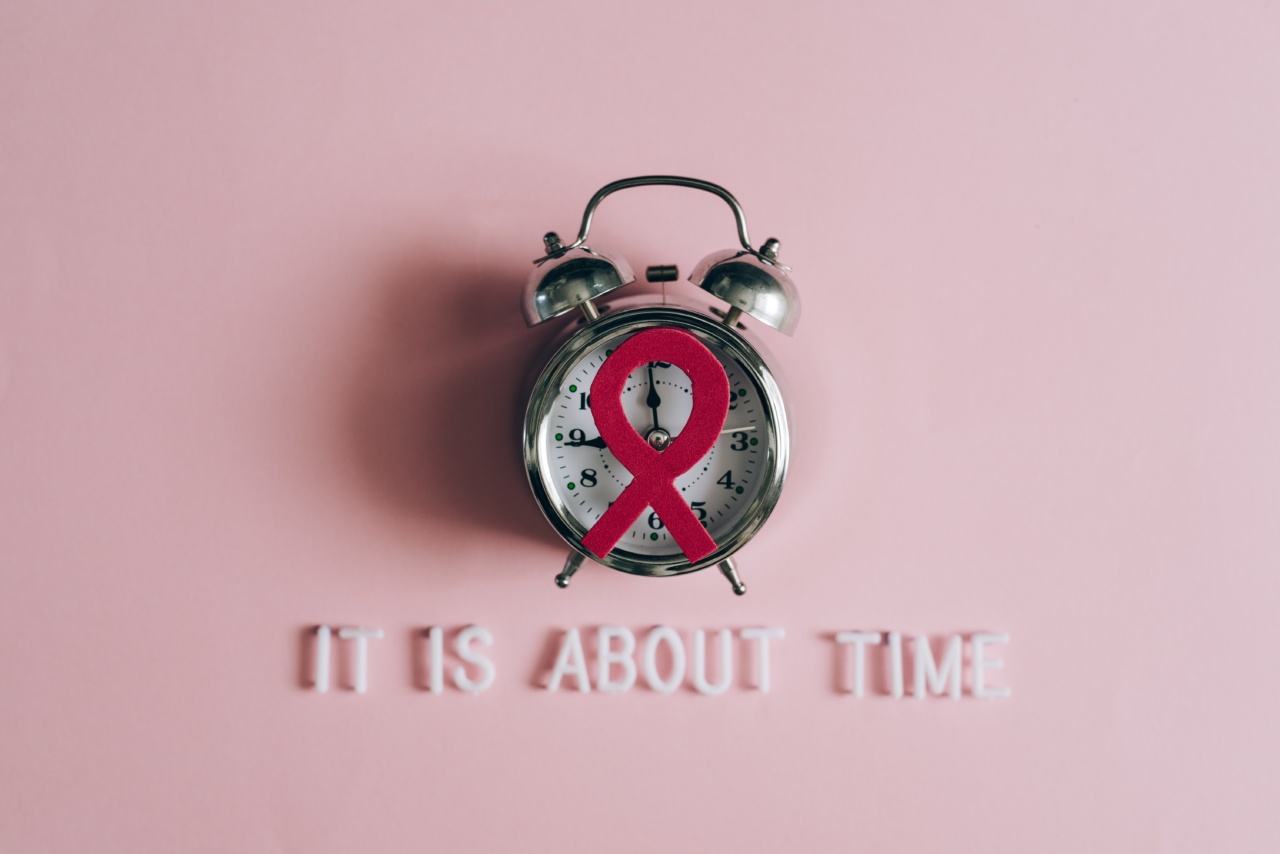AIDS (Acquired Immunodeficiency Syndrome) has been a major global health concern for several decades. However, despite extensive research and advancements in medical knowledge, there are still numerous myths and misconceptions surrounding this disease.
These misunderstandings often lead to stigmatization, discrimination, and the spread of false information. This article aims to debunk the common myths and misconceptions surrounding AIDS, providing accurate information and promoting better understanding of the disease.
Myth 1: AIDS can be transmitted through casual contact
One of the most prevalent misconceptions about AIDS is that it can be transmitted through casual contact, such as handshakes, hugs, or sharing food and drinks. However, this is entirely false.
AIDS is primarily transmitted through specific bodily fluids, including blood, semen, vaginal fluids, and breast milk.
Myth 2: HIV and AIDS are the same
Another common misconception is that HIV (Human Immunodeficiency Virus) and AIDS are interchangeable terms. In reality, HIV is the virus that causes AIDS. AIDS is the advanced stage of HIV infection, characterized by severe damage to the immune system.
Not all people living with HIV progress to develop AIDS.
Myth 3: AIDS can be cured
Contrary to popular belief, there is currently no cure for AIDS. Although antiretroviral therapy (ART) can effectively manage HIV infection and slow down the progression to AIDS, it cannot completely eradicate the virus from the body.
Proper treatment can, however, significantly improve the quality of life for people living with HIV.
Myth 4: AIDS only affects specific groups of people
Another common myth is that AIDS only affects certain groups of people, such as men who have sex with men or people who use intravenous drugs. In reality, AIDS can affect anyone, regardless of their sexual orientation, gender, age, or social status.
It is essential to understand that anyone engaging in high-risk behaviors, such as unprotected sex or sharing needles, can be at risk of contracting HIV and developing AIDS.
Myth 5: AIDS can be transmitted through mosquito bites
Many people mistakenly believe that AIDS can be transmitted through mosquito bites. However, this is entirely untrue. HIV, the virus that causes AIDS, cannot survive in mosquitoes or any other insects.
It can only be transmitted through direct contact with specific bodily fluids mentioned earlier.
Myth 6: AIDS is a death sentence
Another common myth is that being diagnosed with AIDS means inevitable death. With proper medical care, adherence to antiretroviral therapy, and a healthy lifestyle, people living with HIV can lead long and fulfilling lives.
Advances in medical treatments have significantly improved the life expectancy and overall health outcomes for individuals with HIV/AIDS.
Myth 7: Contraception methods protect against AIDS
While certain contraceptive methods, such as condoms, can reduce the risk of HIV transmission, they do not provide complete protection against AIDS.
Condoms, when used correctly and consistently, are highly effective in preventing the transmission of HIV and other sexually transmitted infections (STIs). However, other forms of contraception, such as birth control pills or intrauterine devices, offer no protection against HIV/AIDS.
Myth 8: AIDS cannot be transmitted through oral sex
It is a common misconception that HIV cannot be transmitted through oral sex.
While the risk of transmission is generally lower compared to vaginal or anal sex, it is still possible to contract HIV through oral sex, especially if there are open sores, wounds, or bleeding gums in the mouth. Engaging in safer practices, such as using dental dams or condoms during oral sex, can further reduce the risk of transmission.
Myth 9: People with AIDS should be isolated
The stigmatization and discrimination faced by individuals living with HIV/AIDS are both unjust and harmful. AIDS cannot be transmitted through casual contact and does not warrant isolating or avoiding people living with HIV.
Supporting and accepting those affected by AIDS is crucial in promoting a healthy and inclusive society.
Myth 10: HIV testing is unnecessary if no symptoms are present
Lastly, many people believe that if they do not exhibit any symptoms of HIV infection, they do not need to get tested. However, it is important to remember that HIV can remain asymptomatic for years while still causing damage to the immune system.
Regular HIV testing is key to early detection, early intervention, and preventing further transmission of the virus.
Conclusion
Debunking myths and misconceptions surrounding AIDS is vital to combat stigma, discrimination, and the spread of false information.
Understanding the facts about AIDS empowers individuals to protect themselves and support the millions of people around the world living with HIV. By promoting accurate knowledge, we can contribute to creating an inclusive and compassionate society that fosters empathy, support, and effective prevention and treatment measures.































